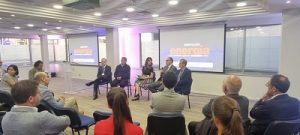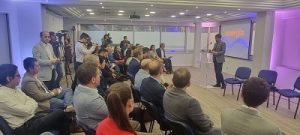- Experts addressed the urgent issues that are required in the energy industry so that renewable energies 24/7 become protagonists of the transition and not just “guests”. 10 years ago, reforms were promoted that allowed the entry of these new players into the sector, but today we must go a step further and face the important changes and new regulatory scenarios with concrete actions.·
- The Minister of Energy, Diego Pardow, opened the seminar referring to the legislative agenda on energy, where he highlighted two great challenges: one is to incorporate and accommodate new technologies in the transmission and distribution network; and another is to promote the attributes of renewable energy such as sustainability, inertia and sequence, along with making the traceability system mandatory.
The 24/7 renewable energy union organized this seminar to put on the table the emergencies that the sector must address in order to effectively move towards a fair and real energy transition. A panel of experts made up of Claudia Rahmann, director of SERC Universidad de Chile; José Manuel Contardo, President Apemec; Marcelo Mena, former Minister of the Environment; Ernesto Huber, president of the National Electrical Coordinator, and Deninson Fuentes, Head of the Electrical Department of the National Energy Commission, reflected on these issues.The traditional paradigm of electrical power systems in which large generation plants supply load centers from remote locations has radically changed in recent years. The generation of electrical energy based on non-conventional renewable energies (ERNC) is already a reality confirmed by thousands of GWh generated annually worldwide. In the national context, the goal is for Chile to reach 80% generation based on renewable energy by 2030 and 100% by 2050. In fact, Chile already has an installed capacity of close to 10,000 MW in ERNC, including generation solar and wind, which is equivalent to 35% of the total installed generation capacity in the country.
The Minister of Energy, Diego Pardow, opened the conference referring to the regulatory agenda, but also to the role that the State must play in energy matters. “The State cannot and should not choose what type of technology it is going to use, our instruments rely on marking signals for that, but we do have to be able to choose attributes. Sustainability attributes, emissions, and also attributes that have to do with the type and behavior of the technology, if they have inertia, if they allow sequence control, for example. This means that we must accommodate the technologies that are present at this meeting today: CSP, small hydroelectric plants, geothermal, but also other emerging ones”. “As a ministry, to incorporate these changes, we have a short-term agenda and within it is the removal of the Quotas Law, which has very important aspects such as making the traceability system mandatory, which is an enabling piece not only to measure properly what we are doing, but also to integrate other industries such as Green Hydrogen. Traceability is essential to enable this market”, emphasized the Minister.

Fernando González, CEO of Grupo Cerro, who gave the welcoming remarks, highlighted in this context that although there are regulatory opportunities to advance decisively in the recognition of renewable and stable energies, we are in a scenario that can facilitate progress in this address. Both the authorities and a part of the industry have decided to commit to these challenges, investing in our country with innovative renewable energy projects and pushing for an adaptation of our regulatory framework to make it more in line with these new challenges.
In the short term, the technical challenges associated with NCRE often translate into a set of operating restrictions that, while allowing a certain level of safety to be maintained even under critical operating conditions, tend to be quite conservative and, in most hours of the year, unexcused. Furthermore, these restrictions not only lead to NCRE discharges with direct economic and social consequences, but also cover the sector with uncertainty, endangering renewable commitments and goals at the national level.

“Different studies and practical experiences have shown that high levels of NCRE can be extremely challenging from a technical perspective. Especially in the case of the National Electric System (SEN), the challenges could be even greater due to its characteristics of an isolated, longitudinal, poorly meshed network, with low levels of inertia (even without NCRE) and a large concentration of NCRE in the northern zone. of the SEN. In fact, of the 10,000 MW of NCRE installed in Chile, 71% is concentrated in the northern zone. Considering the existing potential in the area and the renewable goals at the national level, it is expected that this concentration of ERNC will continue in the coming years. This will lead to a significant reduction in inertia and short-circuit levels in the north of the country, endangering the security and stability of the entire system. The loss of stability in the electrical systems implies the cut off of energy supply to the population and the productive sector, with tangible social costs such as the alteration of the quality of life of the population and direct economic losses”. Claudia Rahmann, director SERC University of Chile.
“As players in the electrical system, we believe that one of the main challenges that the sector must analyze and solve today is the diversification and consolidation of renewable energies. There are various sustainable and environmentally friendly energy technology solutions, each one with complementary attributes that provide robustness and flexibility to the energy matrix, but it is essential to have clear regulatory frameworks that allow its full development in the country. We also believe that the best technology to replace coal plants is CSP.” Frank Dinter, ACSP President.

Finally, the fears associated with the issues discussed, such as low inertia levels and short-circuit levels, have been haunting the electricity sector in our country in recent years. If Chile’s dream is to move towards a country that maximizes its social and environmental well-being, enhancing its natural and human resources with sustainability and innovation, it is not only necessary to discuss the challenges, but also to prepare ourselves to face them.

